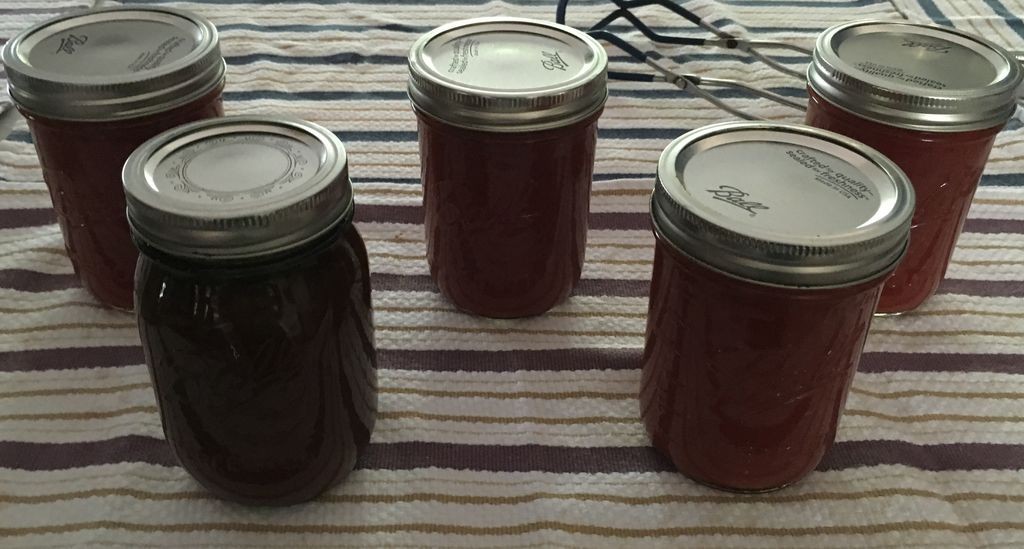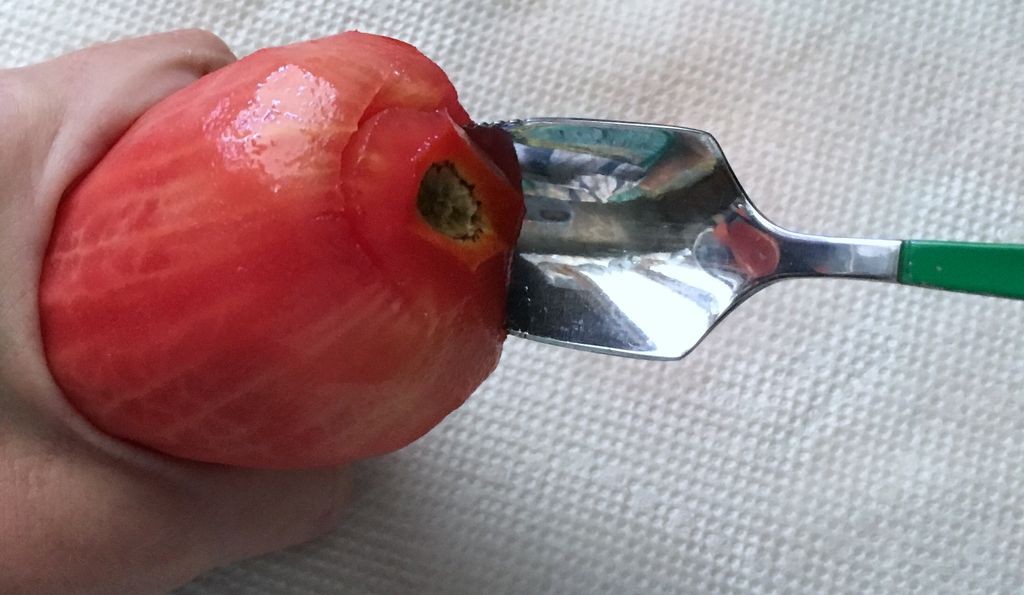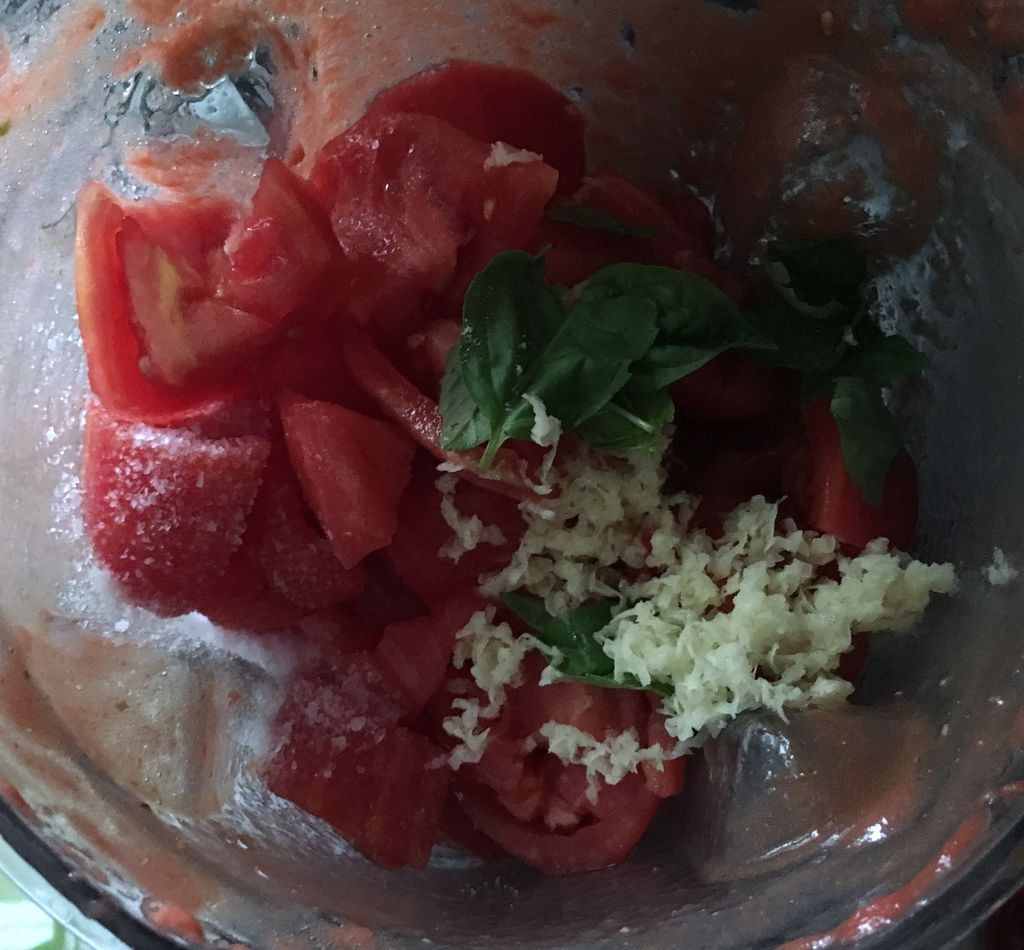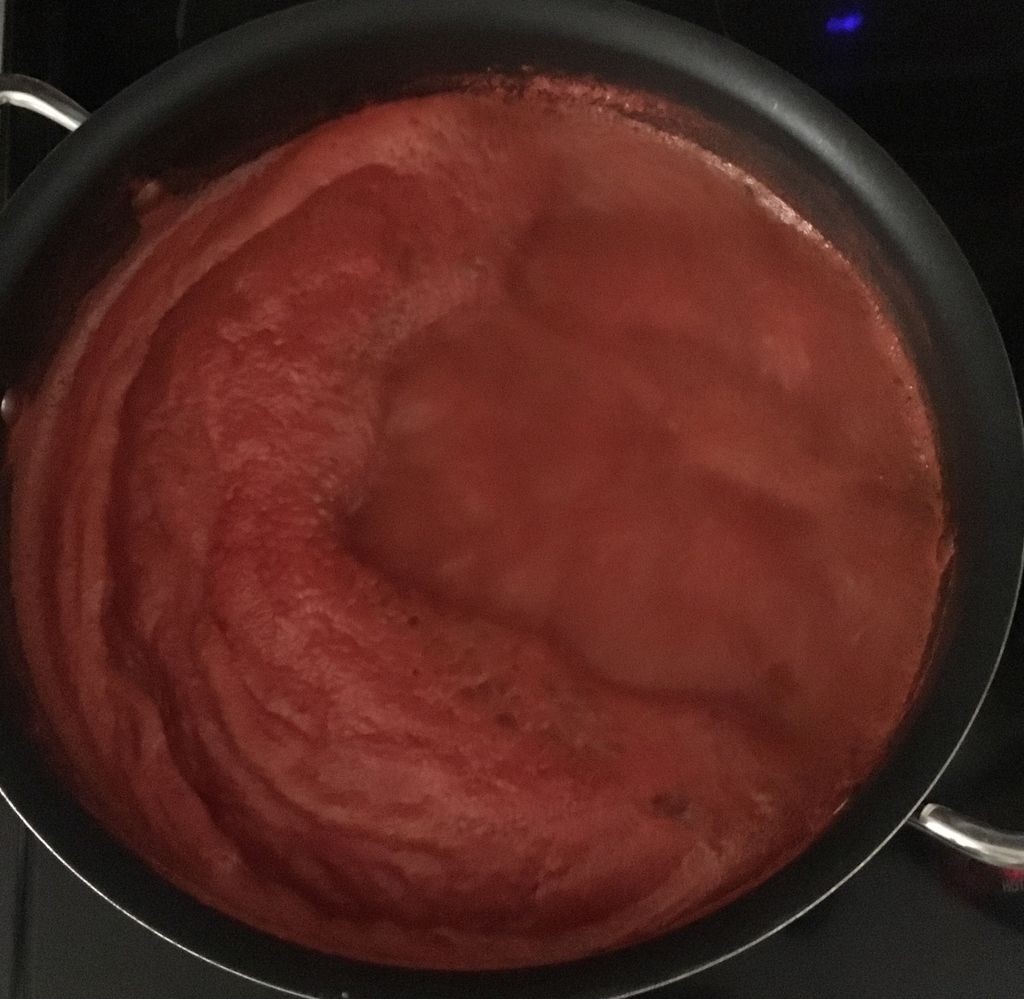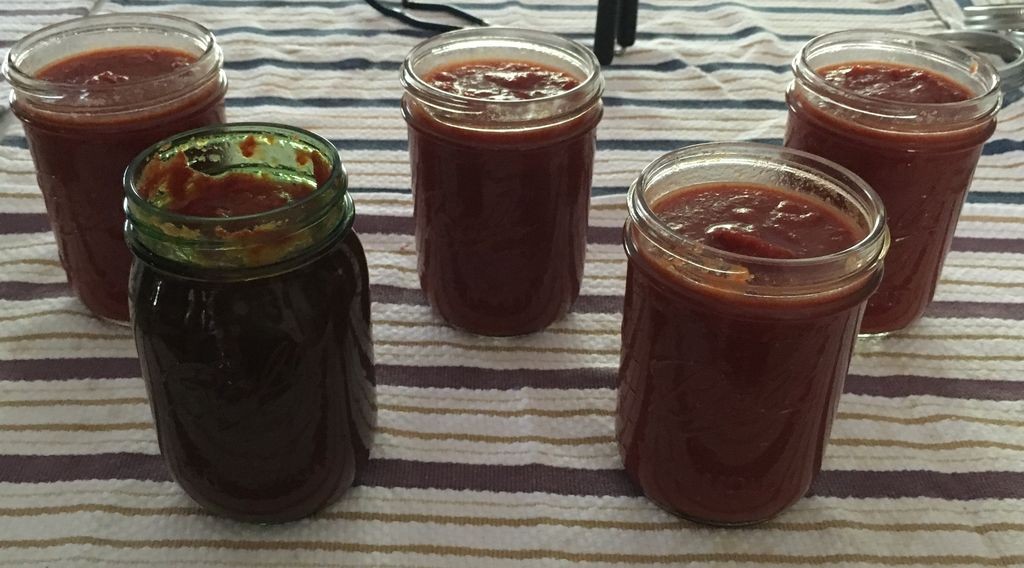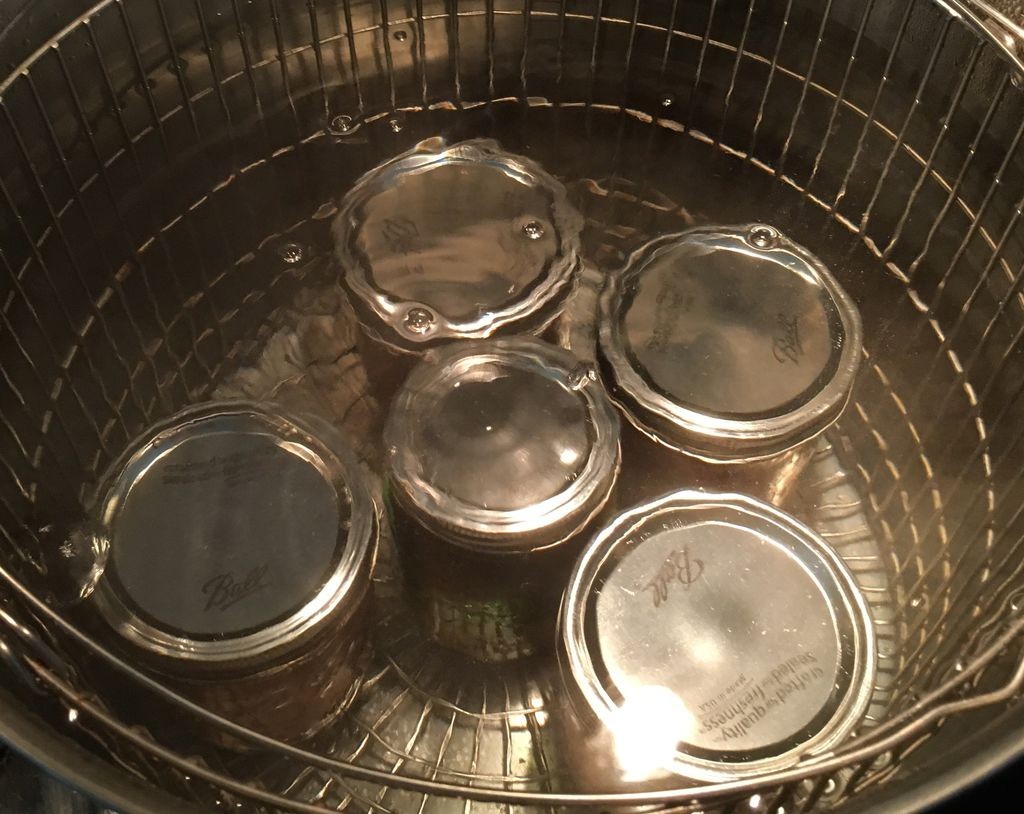How to Can Tomato Sauce with Garlic and Basil
Garlic and basil tomato sauce is delicious and healthy, and it is also very easy to prepare and store. All you need are some fresh ingredients, canning jars with their associated lid assemblies and a water bath canner. Take a look at the recipe below and see how you can make your own batch and incorporate it into your long-term food stockpile.
Ingredients:
12-15 lbs of ripe, healthy tomatoes
1 medium-sized onion, chopped
6 cloves of fresh, minced garlic
Handful of basil leaves, chopped (to taste)
Salt (to taste)
1 tablespoon of citric acid or lemon juice
1 tablespoon of olive oil
Feel free to experiment with other herbs and spices in order to customize this recipe according to your preferences. Just remember that flavors tend to become enhanced during processing and storage, and it’s always better to be conservative in seasonings before canning, and add more (to taste) when you’re ready to eat the product. It’s also important that you use fresh tomatoes and vegetables that are in good condition, and remove any defective or imperfect areas on the items before using them for canning.
Getting Started
The first step is to prepare the vegetables and sauce. Remove the tops and bottoms of the tomatoes before coring and dicing them. Chop up the onions and mince the garlic. Try to let the garlic breathe for a few minutes before adding to the sauce. This will activate the allicin, which is the main medicinal compound found in each clove.
When you’re ready to make the sauce, you will need to puree the tomatoes. The question is whether or not you want to puree the vegetables or leave them intact. You can also set aside a portion of the diced tomatoes to add after you make the paste to give the sauce a little bit more body.
If you choose to puree everything, place the olive oil, onions and garlic into a skillet and cook until the onions become translucent. Add the tomatoes and stir the ingredients together. Cook at a low simmer for 15-20 minutes before pouring the ingredients into the blender or food processor. Blend until smooth, strain out the seeds if desired, and place the sauce into a stockpot. Cook over a simmer until about half of the liquid has been evaporated. This will produce a thicker, more concentrated sauce, but it won’t be quite as thick as a paste.
If you want a chunkier sauce, place the tomatoes in the skillet along with a small portion of your chopped onions and garlic. Repeat the process above, but wait until you’re ready to put the puree into the stockpot before adding the rest of the ingredients. In all cases, don’t forget to add the basil before pureeing. Cook the chunky sauce in the stockpot for 10 minutes, and add a little bit of water to increase volume while maintaining the level of thickness of the sauce you want to achieve.
Processing
Start warming your canning equipment so that the canner, jars and lids will all be heated and ready to go once the sauce is done simmering. Carefully ladle our pour the sauce into each canning jar until ½ inch of headspace remains. Stir in the citric acid and lemon juice and remove any air bubbles that may be present. Add more sauce if necessary to maintain the headspace. Wipe down the rims to remove any debris and gunk before attaching the lid assemblies and placing the jars in the canner. Puree sauce needs less processing time than the chunky variety. For purees, process pints for 20 minutes and quarts for 25, adjusting for altitude. For chunky sauce, process pints for 25-30 minutes and quarts for 35-40, adjusting for altitude. As a general rule of thumb, process sauces longer when they have thicker chunks of veggies in them.
When finished, remove the jars from the canner and place on a rack to cool until reaching room temperature. Check the seals, and label and date the ones that are intact and ready for storage. Consume the sauce in jars that have defective seals. You can expect a shelf life of up to a year, sometimes longer, as long as the sauce is stored in a cool and dry place.
Try this recipe out for yourself, and feel free to share any variations you may have that may produce a tastier sauce. Tomato sauces are an excellent way to condense a lot of vegetables and healthy herbs into a small amount of space, and they can be an excellent source of nutrition during a prolonged crisis. Make sure to add some tomato sauce recipes to your long-term stockpile in order to take advantage of these benefits and to produce foods that can warm bellies and lift spirits during difficult times.
